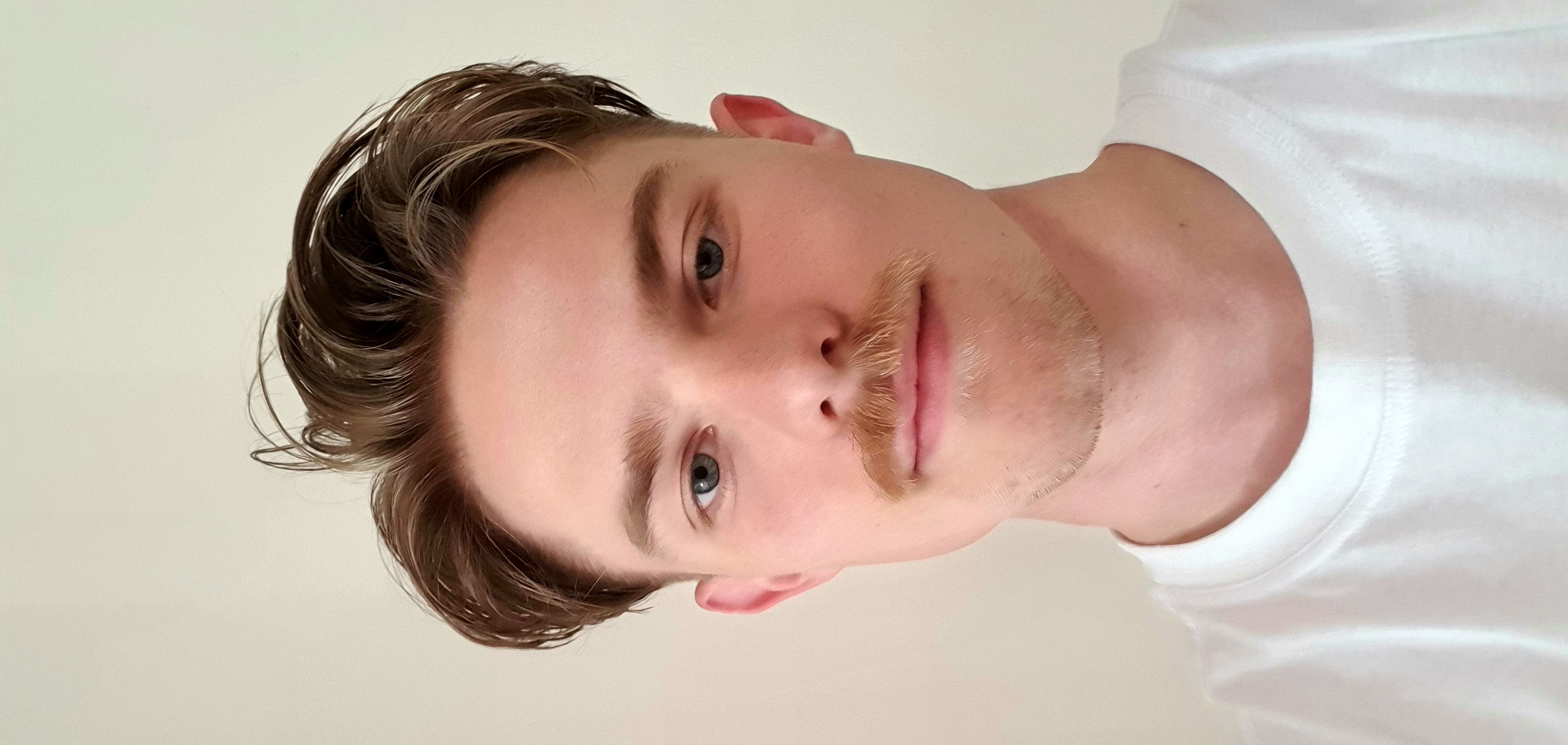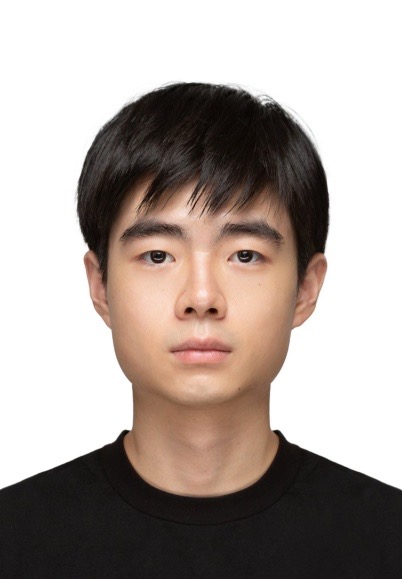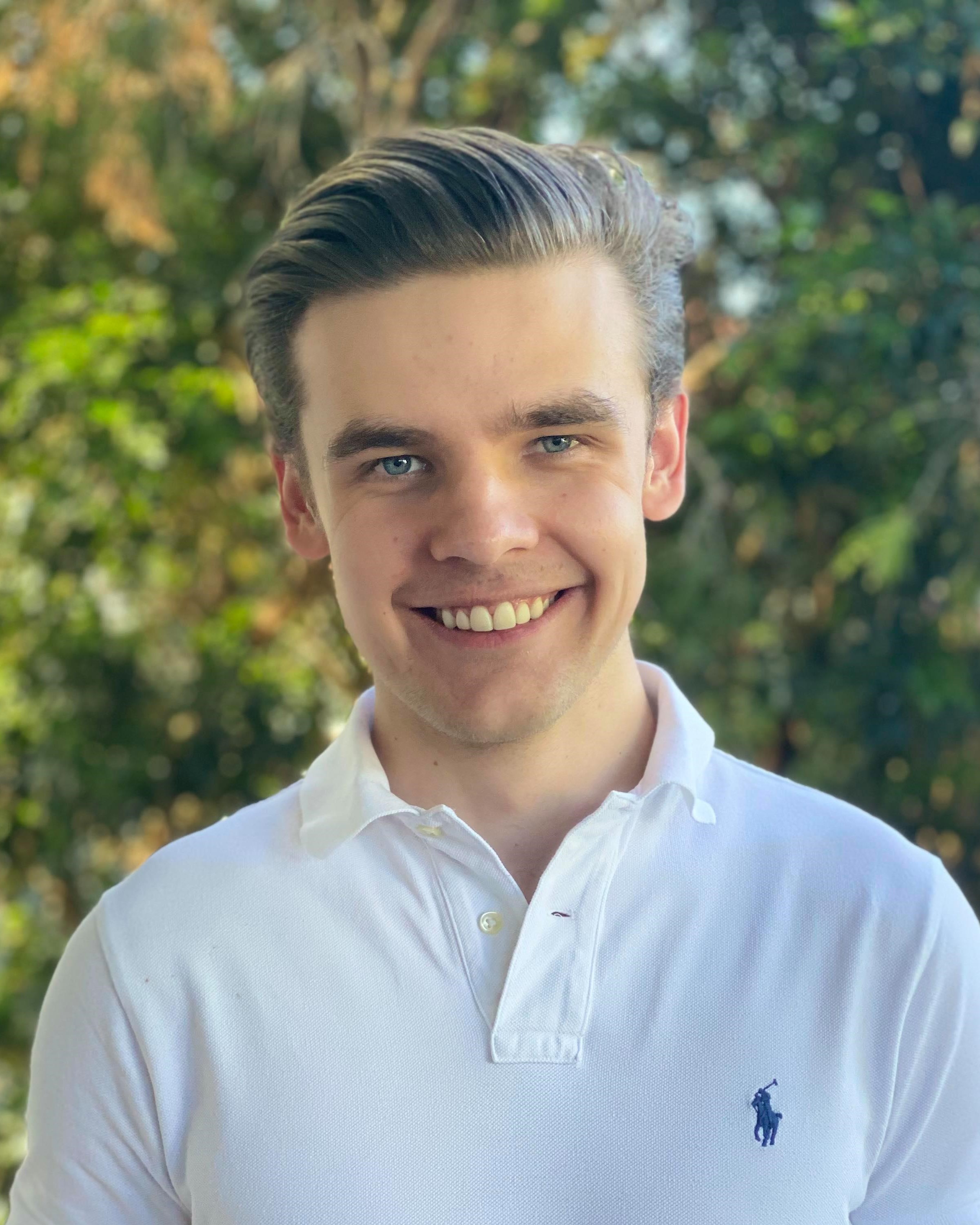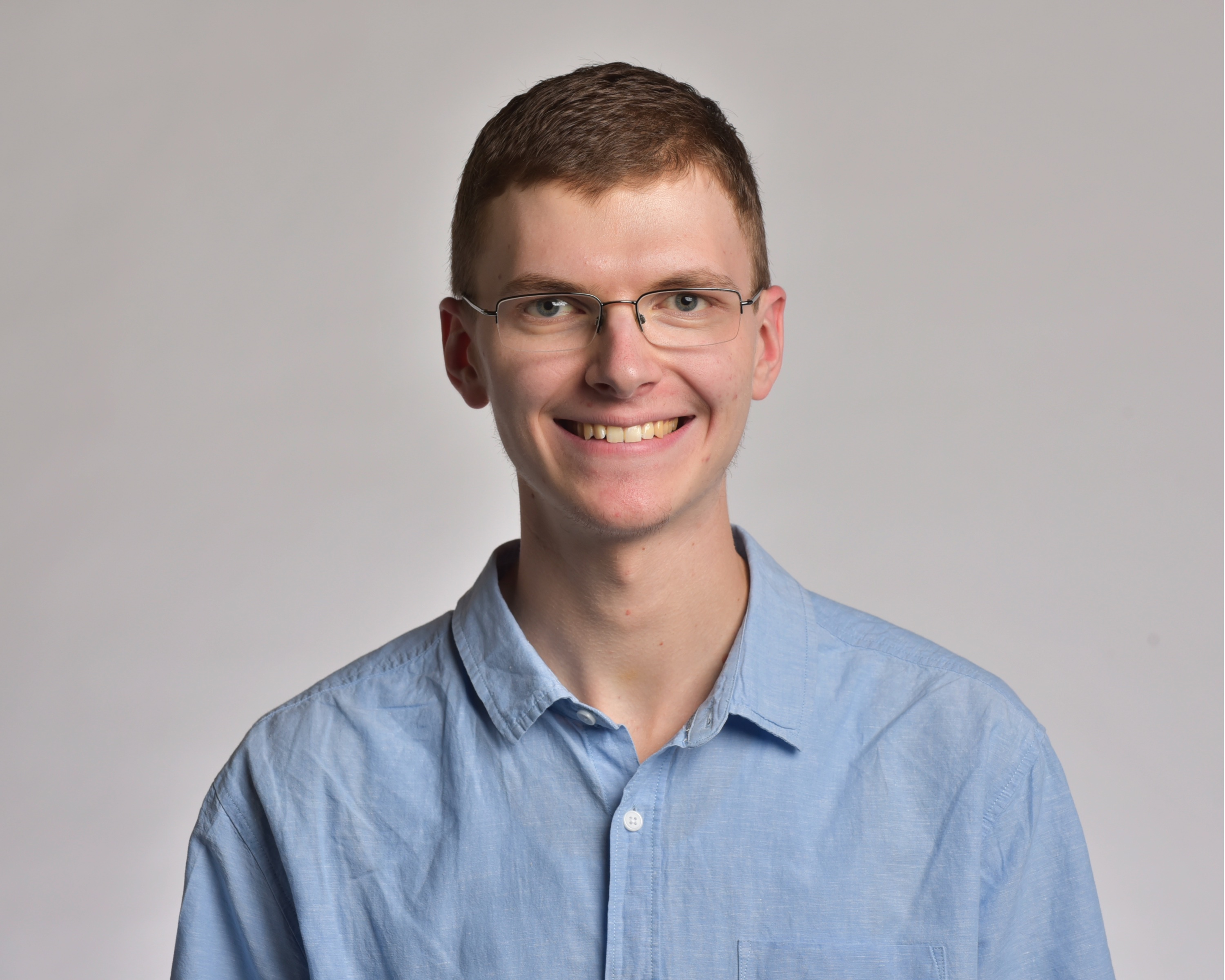Kate Zhang
Long-Term Behaviour of Ranking-Based Polya Urn Models
In many systems with rich-get-richer dynamics, the rank of the object of interest plays a crucial role. For example, users of Amazon are more likely to click on products with higher popularity rank that appear on the top of the screen, hence making these products more popular and more likely to be clicked on. A classical Markov chain that is able to represent the rich-get-richer dynamics is the Polya Urn model which comprises an urn containing balls (object of interest) of n different colours to be sampled with a replacement scheme. However, most previous studies do not allow the replacement scheme to depend on the rank of the object of interest.
A recent paper demonstrates that if the replacement schemes are such that higher ranked objects receive more reinforcement, then the rankings will eventually stabilise. An empirical study introduced an extended model that not only captures a popularity ranking that dynamically assigns the most popular objects to the most visible positions, but also assumes each object to have an inherent quality that is independent of its popularity. In this project we aim to study the extended model’s theoretical properties that are currently not understood. In particular, we are interested in answering the following questions:
- How does the reinforcement from ranking and quality affect popularity? Under what initial conditions do the rankings stabilise?
- Given that the rankings stabilise, how long does it take to reach stability?
- Given that the rankings stabilise, what is the probability that the most popular object in the long run is the object with the best quality? What is the probability that it’s the object that was in rank 1 initially?
- Under what initial conditions does the quality of the object overcome the reinforcement from the rankings?
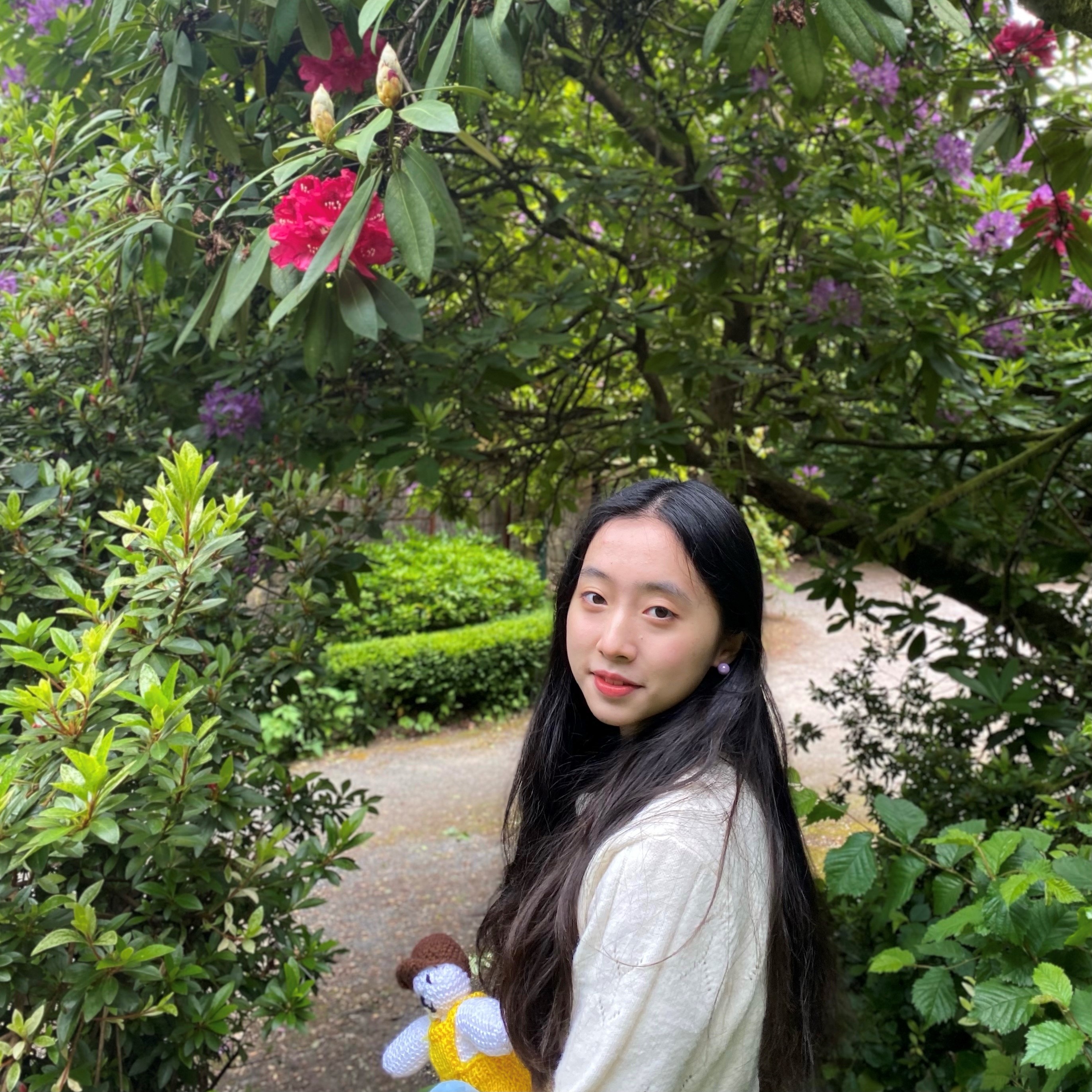
Kate Zhang
The University of Melbourne
Kate is a second-year Bachelor of Science student at the University of Melbourne majoring in mathematics and statistics and is also currently working as a research student at the Walter and Eliza Hall Institute of Medical Research. She genuinely enjoys learning mathematics and she is grateful for any opportunities to do meaningful mathematical research. Kate has been working on two projects relating to Bayesian statistics and machine learning throughout 2021. Currently, Kate is interested in both stochastic modelling and applied statistics and she is excited for her probability project with AMSI.

